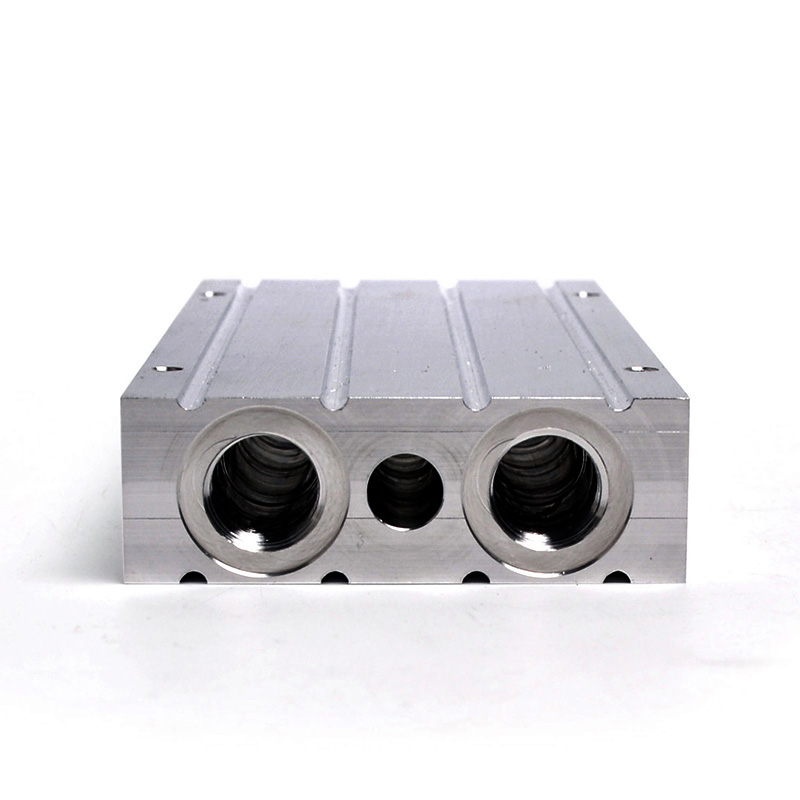
The Why and How of Processing Parts Requiring Different Roughness with CNC Machining
In manufacturing and engineering industries, CNC machining has been the go-to solution for making precision parts. CNC stands for computer numerical control, and it involves the use of software to design and control machine tools that manufacture parts. CNC machines offer several advantages, such as accuracy, repeatability, and low production time. However, when parts require different levels of roughness, it becomes challenging to maintain quality, consistency, and definition throughout the production process. In this blog post, we will discuss why and how to process parts requiring different roughness with CNC machining.

Part roughness is the measure of the micro variations on a surface, and it is crucial in defining the quality of a machined part. Roughness is determined by several factors such as tool wear, cutting parameters, type of material being machined, and tool path. In some cases, CNC machines may produce parts with inconsistent roughness, leading to a poor surface finish, inaccurate dimensions, and reduced part performance. To avoid such outcomes, designers, engineers, and buyers must consider the following factors when processing parts with varying roughness requirements:
- Material selection: Different materials require different levels of roughness on their surfaces. For instance, a polished surface on a stainless steel part improves its aesthetic appeal and corrosion resistance. On the other hand, a rough surface on an aluminum part improves its bonding capabilities. When selecting materials, designers and manufacturers should consider the application and function of the part to determine the best surface roughness.
- Tool selection: The right tooling choice plays a significant role in achieving accurate surface roughness. For example, cutting tools with sharp edges and appropriate flutes help achieve uniform roughness on metallic parts. CNC machines use a wide range of tools, such as drills, end mills, reamers, and inserts, to achieve various surface finishes.
- Machining techniques: Different machining techniques can be employed to achieve different roughness levels. For example, a finishing tool path could be used to achieve mirror-like surface finishes, while a roughing path could be used to remove excess material quickly. Manufacturers can also use fluid applications such as coolant, lubricants, and oil to affect the surface finish during machining.
- Testing and Analysis: Machining processes are complex, and small changes can lead to significant variations in surface roughness. To detect inconsistencies early enough, testing and analysis are critical. Modern CNC machines have inbuilt sensors and controllers that measure the surface roughness of the machined parts in real-time. This information enables manufacturers to make timely adjustments and corrections.
Conclusion:
Processing parts with varying surface roughness requirements can be challenging with CNC machining. However, with careful planning, thoughtful design, and implementation of the right machining techniques, it is possible to achieve accurate and consistent surface finishes that meet the required specs. The key to a successful CNC machining project is effective communication between the designers, engineers, and manufacturers to ensure everyone understands the surface finish requirements, material, tooling, and machining techniques required. By following the tips outlined in this blog, you can achieve high-quality machined parts with uniform surface finishes that meet your specifications.
